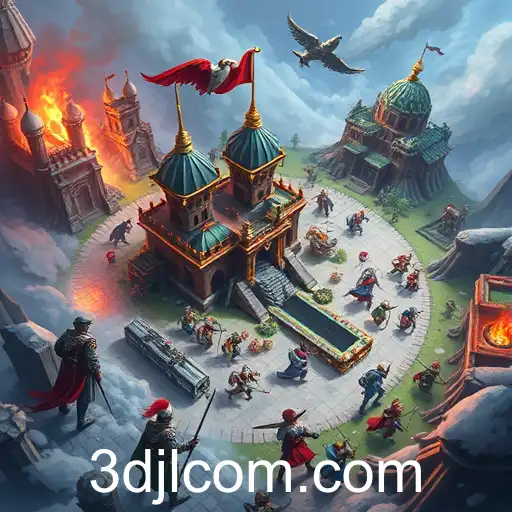
Exploring how 3D printing is revolutionizing the gaming industry through innovation and creativity.
In recent years, 3D printing has emerged as a game-changer in various industries, and the gaming sector is no exception. As we delve into 2025, the intersection between 3D printing and gaming has brought forward remarkable advancements that are reshaping how games are designed, developed, and enjoyed by players worldwide.
3D printing technology allows developers to create intricate and detailed gaming accessories and models with unprecedented precision. This new capability has given rise to an era where players can physically own replicas of their favorite in-game items, characters, and environments, enhancing the tangible connection between players and their virtual worlds. The integration of 3D printing in gaming is not only about re-creating digital objects but also about fostering creativity among game designers and hobbyists who can now bring their ideas to life.
Furthermore, the dynamic community surrounding gaming and 3D technology, exemplified by platforms such as "3D JL," serves as a testament to the innovative spirit driving these advancements. Websites like these offer a hub for enthusiasts who seek to learn, share, and sell 3D printed designs tailored for gaming purposes. The ability for a gamer to craft customized game controllers or unique avatars revolutionizes the gaming experience, transforming it from a purely digital entertainment medium into a personal and immersive interaction.
Besides enhancing the player's experience, 3D printing also aids developers in prototyping and testing game components more efficiently. Before launching a full-scale production, studios can use 3D printing to produce quick prototypes of game items or collectible figures, significantly reducing time and costs involved in the testing process. This rapid development phase accelerates innovation, allowing developers to experiment and iterate on ideas at a faster pace.
However, this intersection of technology does not come without its challenges. The potential for piracy and intellectual property issues concerning the unauthorized reproduction of copyrighted gaming materials is an ongoing concern for developers. As 3D printing becomes more accessible, the need for robust digital rights management solutions becomes paramount to ensure the protection of original game content.
Overall, the symbiotic relationship between 3D technology and gaming is a promising frontier that continues to evolve. As the year 2025 progresses, the potential applications of 3D printing within the gaming industry will undoubtedly pave the way for innovations that could redefine interactive entertainment for future generations.




